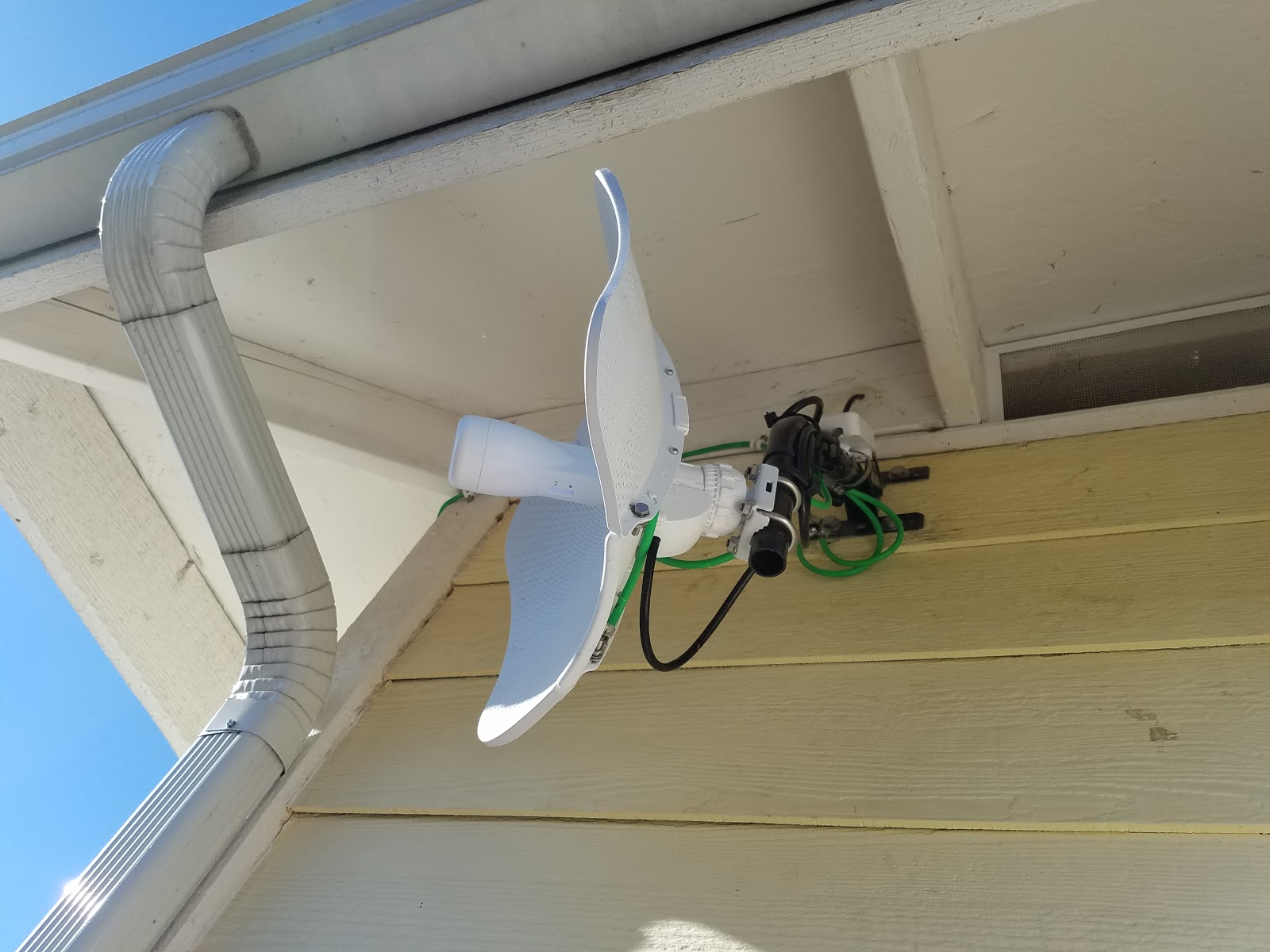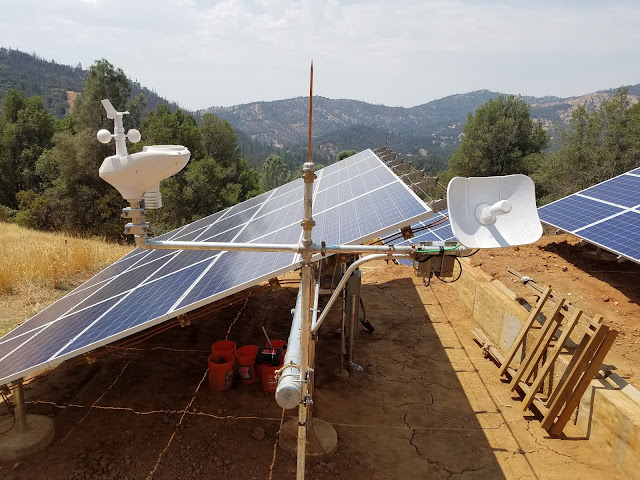Hello all - Got a question about Homeplug AV2 and longer distances - in the 400'-500' range.
What I am looking for is low bandwidth communication from a ground solar system to my house where the overall distance is over 400'. I am not concerned about any significant bandwidth but do care about a reliable connection.
Here is the problem I am trying to solve.
Remote ground solar system is over 400' from the main service panel. The ground solar system has 80 Enphase microinverters. Up at the house I have an Enphase Envoy-S unit - this unit uses a primitive form of power line communication to communicate to the microinverters - getting power generated, updating firmware, and other communications. It has both wired and wireless ethernet to then communicate all that data via my router to Enphase's WWW servers. I don't know exactly what it uses for its powerline technology but given the length of time these units have been on the market it must be significantly older technology. And over that distance, the communication from the Envoy-S unit to the microinverters is poor to nonexistent.
My idea is to flip the problem around - move the Envoy-S unit as close as possible to the microinverters by installing it right on the ground mount in a NEMA 4X box and wire it into the solar subpanel. Then rely on Homeplug AV2 units to provide the ethernet down to that remote site connecting to the Envoy-S - my thinking is current powerline technologies must be far superior to whatever Enphase is using.
Thus wondering if anyone has any experience using Homeplug over longer distances.
The 400' run from my main panel to the solar subpanel is via parallel 4/0 AL cable and total voltage drop is in the 1.4% range.
Here is a line diagram describing.
main panel -- 15amp breaker -- AV2 on dedicated circuit -- router
|
----------- -- 100amp breaker -- 400' parallel 4/0 AL -- solar subpanel -- 15 amp breaker -- AV2 -- Envoy-S
Thanks in advance.
What I am looking for is low bandwidth communication from a ground solar system to my house where the overall distance is over 400'. I am not concerned about any significant bandwidth but do care about a reliable connection.
Here is the problem I am trying to solve.
Remote ground solar system is over 400' from the main service panel. The ground solar system has 80 Enphase microinverters. Up at the house I have an Enphase Envoy-S unit - this unit uses a primitive form of power line communication to communicate to the microinverters - getting power generated, updating firmware, and other communications. It has both wired and wireless ethernet to then communicate all that data via my router to Enphase's WWW servers. I don't know exactly what it uses for its powerline technology but given the length of time these units have been on the market it must be significantly older technology. And over that distance, the communication from the Envoy-S unit to the microinverters is poor to nonexistent.
My idea is to flip the problem around - move the Envoy-S unit as close as possible to the microinverters by installing it right on the ground mount in a NEMA 4X box and wire it into the solar subpanel. Then rely on Homeplug AV2 units to provide the ethernet down to that remote site connecting to the Envoy-S - my thinking is current powerline technologies must be far superior to whatever Enphase is using.
Thus wondering if anyone has any experience using Homeplug over longer distances.
The 400' run from my main panel to the solar subpanel is via parallel 4/0 AL cable and total voltage drop is in the 1.4% range.
Here is a line diagram describing.
main panel -- 15amp breaker -- AV2 on dedicated circuit -- router
|
----------- -- 100amp breaker -- 400' parallel 4/0 AL -- solar subpanel -- 15 amp breaker -- AV2 -- Envoy-S
Thanks in advance.




